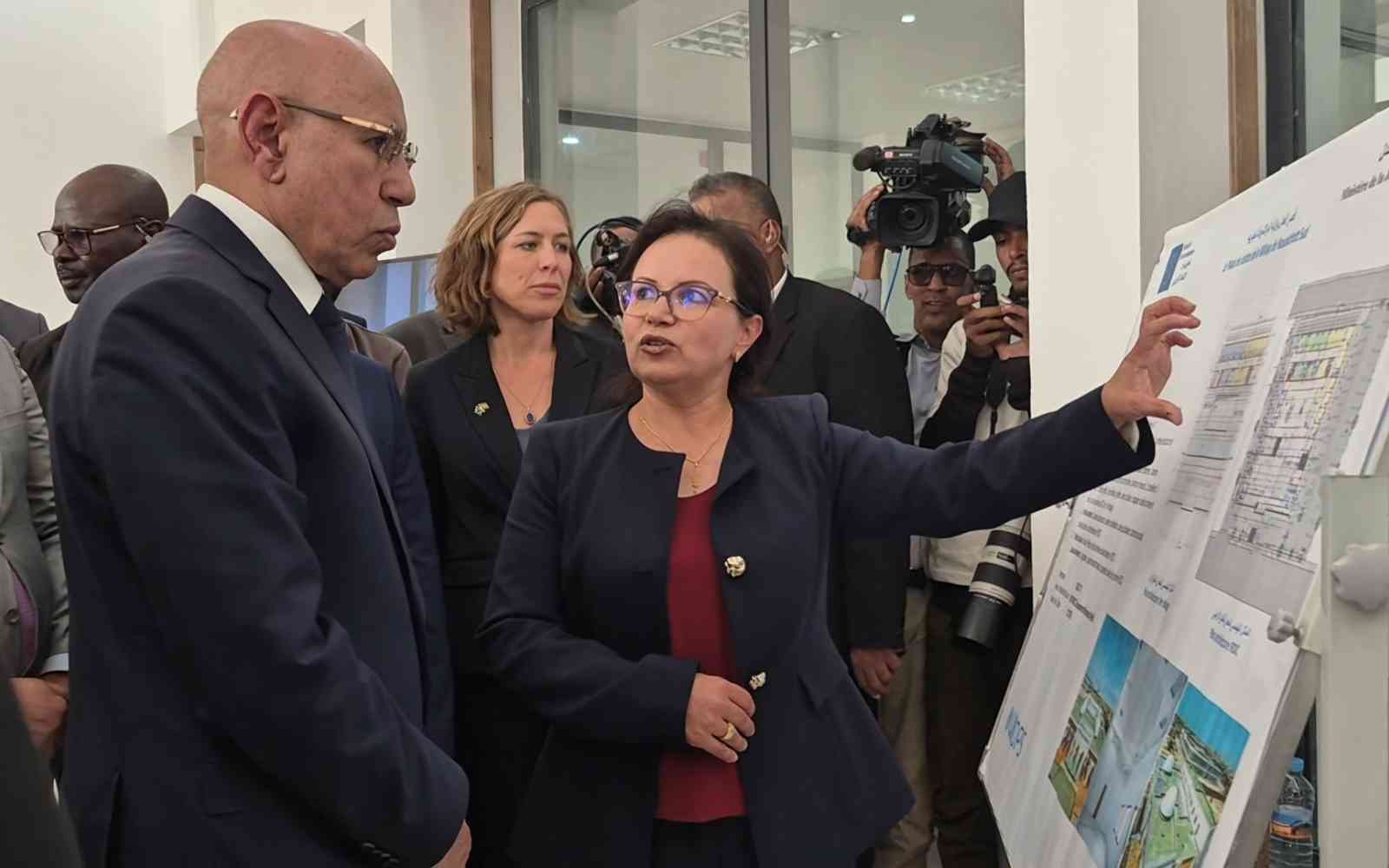The United Nations Office for Project Services (UNOPS)

From disasters to resilience
Are disasters catastrophic events that cause extensive damage or loss of life? Not exactly. Here’s what they are, and how to build development projects to withstand them.
Contrary to popular belief, a cyclone, for example, is not a disaster. A cyclone in the middle of the ocean is a potential threat. A cyclone turns from a threat into a disaster when it interacts with the built environment, and its impact exceeds the built environment's capacity to cope with it. The result is frequently damage and loss of life.
Instead of counting the damage of disasters, which will tell you very little other than indicate the consequence or scale of any damage, there are more important questions. We should ask: Why did the damage occur? Could we have estimated damages beforehand? What could we have done to lessen the impacts? What can we learn if a similar event occurs again?
Too often, we focus on managing responses to, and the fallout from disasters. But instead of just managing disasters, we should manage our risks. Infrastructure and development are intrinsically linked. Infrastructure not only enables development, but it can protect development gains. And in many cases, disasters are caused by the failure of infrastructure.
Little is done to understand why the hazard has the impact that it did.
Take the cases of Kumamoto, Japan and Port-au-Prince, Haiti. Both cities experienced earthquakes of similar strength. More than 40 people died in Japan. In Haiti, more than 200,000 people lost their lives. Mainly, this was due to infrastructure; its failure can both create disasters, and be the cause of response needs.
Risk-based thinking has the potential to change development practice so that the built environment is able to better anticipate, absorb and cope with shocks and stresses – and then recover from them quickly. This would ensure that a country’s development path continues to rise, despite serious incidents or disasters that might otherwise have interrupted it.
Being prepared is the key. The first step is to understand what hazards exist, such as earthquakes, hurricanes, epidemics, and so forth. Then, we must understand the potential impact of those hazards, which will tell us the risk. Next, we need to put measures in place to manage or eliminate those risks. And if it’s too expensive or too difficult to eliminate risks, we need contingency plans, to limit the impacts of any hazard should it occur.
Finally, we need means to learn from any natural disaster, so that impacts can be minimized in future events.
Saving lives and communities
It seems illogical to accept that in many cases, when a person dies of suspicious causes there is an extensive police investigation to find the culprit. However, when 3,000 people die from a cyclone or flood, very little is done to investigate the root causes as to why this occurred.
To move beyond focusing on managing disasters, we need to understand and manage the relationships between risk and resilience.
In other words, little is done to understand why the hazard has the impact that it did. To do that requires learning lessons from consequences so they don’t have the same impact in the future. Unless we do this, we may never learn from mistakes – with destroyed lives and development losses as the consequences.
To move beyond focusing on managing disasters, we need to understand and manage the relationships between risk and resilience. That can enable us to apply proper risk-informed approaches.
This in turn can encourage a shift in thinking and practice – and that’s essential to help save lives and communities in the future.
Stefan Kohler
Stefan Kohler is a Principal Engineer at UNOPS. He has a background in geotechnical engineering, law and business economics. For more than 30 years, he has worked on infrastructure projects and disaster risk reduction for resilience across the globe in the private, public and NGO sectors, and within the UN system.










